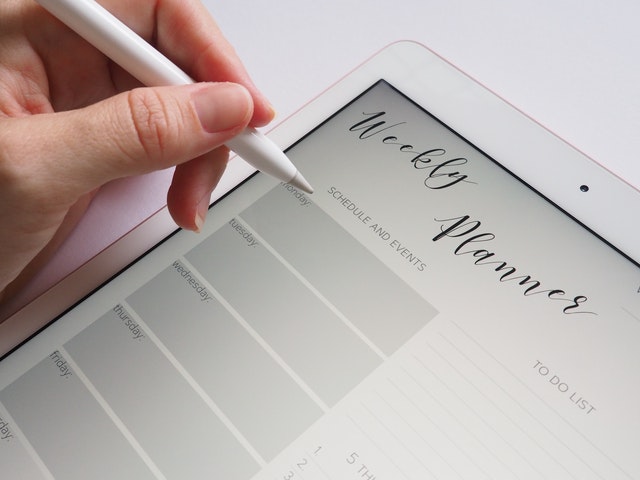Taking criticism is not at all an easy haul. While it may be easy and euphoric to hear out positive feedback, negative feedback renders inconvenience and distress. Nonetheless, if one must drape it as constructive criticism, one can truly benefit from the negative feedback as well.
Not always you have to take critique with a pinch of salt. Instead, prune out the things that you know you can improve; and see how it works its magic in your professional career.
If you can realize the fact that nobody is perfect, and there’s always room for improvement- feedback acquisition becomes far more valuable. True to its essence, feedback opens up new avenues for you to shine.

Hence, in this blog, we will learn about the 7-simple steps to follow while receiving and responding to feedback.
So, let’s get the ball rolling.
7 STEPS FOR RECEIVING AND RESPONDING TO FEEDBACK
1.DEEP BREATHE AND LISTEN
Your manager knocks, come feedback, and you are all stressed up and anxious to the core. This apprehension will further emasculate your mind to take feedback positively and end up in despair.
Contrastingly, whenever such a situation comes up-take a deep breath, release the stress, and be all ears to what the manager has to say. Only when you listen proactively; you understand where the feedback is leading to.
As you are processing the criticism, take the feedback on the issue or work(that requires remedification); and not on yourself as a person. Little did you know that feedback is not a corroboration of faultfinding within you as a person; but merely as a process for the elevation of your work.
2.DON’T BE DEFENSIVE
The first thing whenever someone is pointing to your faults, you end up being defensive. Failing to realize that being defensive and covering your lapses will do you no more good than harm.
Stop sugar-coating or backing up your mistakes with irrelevant excuses or by tagging blame on others’ shoulders. If there was a lag behind on your part, own it and ask for ways of repair.
3.TRY TO UNDERSTAND
Your feedback provider will actually appreciate it if you are listening and trying to understand the feedback. Instead of trying to utilize the little voice in your head to argue or prepare your responses, concentrate on how you comprehend the viewpoint you are receiving.
4.ASK FOR EXAMPLES AND CLARIFICATION
Responding to the feedback is secondary first of all, you should have a clear comprehension of what are the areas of refinement. Ask the employer to state some examples where things went out of hand. These examples will makes things crystal clear on what went wrong.
Furthermore, solicit them to share when, where, and under what circumstances their perception was born. This will help you to understand the bigger picture from which the review fomented.
5.ASK FOR WAYS OF IMPROVEMENT
Moreover, taking the conversation forward ask the employer to elucidate on the matter. Evoke them to shed some light on the ways of remedy. Brainstorm ideas together to come out with the best possible solutions to refurbish the issue.
In the end, you can simply respond with a message- “thank you for letting me know.” Believe me, even if you don’t feel like saying- Thank you, this is the best way to respond to critical feedback.
6.TAKE A BREAK TO REFLECT
Once the feedback session is over, take a short break in tranquillity, or go out for a walk. Use this time most efficaciously with reflecting and mulling over what was being said.
Ensure that you reflect on the issue or the problem; and not on the person who gave feedback or on yourself. The problem is not you or your employer, but the issue persists in the work process that needs repair.
The speculation will result in opening up the mind for the evolution of solutions for the problem that prevailed.
7.DEVISE A FOLLOW-UP PLAN

With all that reflection and awakening, the feedback needs a follow-up plan and execution to apparently prove its worth. The feedback session is of no use until and unless it bears fruition with implementation.
Consequently, with all that you had acquired through constructive criticism and reflection, use that to formulate a follow-up plan. Chasing down the new plan, elicit responses from the employer if the new approach is working effectively.
In this manner, you can truly make the most out of the feedback and capsize it into upgrading and prosperity.
This brings the end of this Blog. Thanks for reading. We really appreciate your time.
Do visit our page www.zigya.com/blog for more interesting articles
We would love to hear from you. Please share your feedback and comments below.
Keep Reading! Cheers!
Zigya Academy
BEING RELEVANT